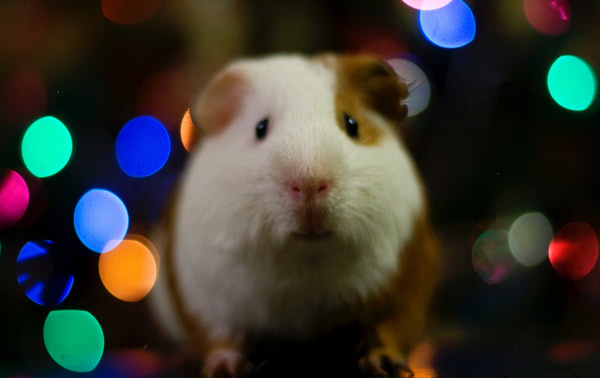
What did we buy in 2020?
When you really think about it, it’s probably quite un-remarkable what we buy in a crisis but what’s more interesting is why we buy it. As we haul ourselves through another re-invention of lock-down quarantine, the nation has quickly adapted to its new lifestyle. Logic dictates that this would inevitably be mirrored in buying patterns – mostly we’d be right in that logic.
The beginning of the year saw initial panic buying of toilet roll, canned tomatoes and flour. Then the nation calmed down a little and people started to think more about “how do I make my new surroundings more agreeable and how can I feel normal?” There was a degree of acceptance that actually, we might be in this for the long haul, we’d better make the best of it. I think also there was the fact that people simply want to make themselves and those around them feel a little happier and brighter: a touch of retail therapy helped to ease the pain.
The Finns apparently turned to hamsters and guinea pigs during lock-down to keep them company as they all started worked remotely. Though, admittedly, in Finland the word ‘remotely’ can be taken more literally than most of us will experience in our suburban environment. Bird feeders also saw a surge in sales across the UK. Our drive to connect more closely with the animal kingdom and nature was overwhelming.
Unsurprisingly, also high on the UK list was the social agenda. The need to get our pub fix but safely within our bubble was somewhat rampant. The supermarkets saw a marked increase in wet sales, and Amara, an online luxury retailer, saw a staggering 3,340% increase in sales of barware such as cocktail glasses, shakers and other things to make your tipple more enjoyable.
Leading brands such as specialist tea purveyors, Teapigs, saw an overnight boom in internet sale as lock-down tightened, whilst their high street sales plummeted in comparison as cafes closed. Proof that customers still craved their little daily luxuries.
Our incarceration also saw us looking closely at the home around us. Decorating sales soared as we remodelled and titivated our homes, everything from paint to wall-paper to brushes. Furnishings came in close behind as inevitably a newly decorated room made the furniture look a bit naff and our need to sort our storage and de-clutter at the same time saw a surge in sales of storage solutions and volume of household goods being whisked off to recycling.
Possibly the most surprising fact we found was the surge of skipping rope sales in the US, proving we may be wrong in our stereotyping of the US as a lethargic bunch. Rope manufacturers must be rubbing their palms.
What the future holds for high street and internet sales is hard to predict. As a nation we are currently, predominantly driven by need rather than desire, so traditional buying patterns are all askew. Admittedly we don’t all need several bulk packs of luxury toilet rolls nor a cupboard full of chopped tomatoes, so yes we do get it wrong on occasion, but mostly human nature does tells us what we really need. The facts tell us at the moment we essentially need comfort, whether that be in companionship, the little luxuries, feeling good about ourselves or simply getting in touch with the real world out there.
I’ve used the past tense a lot in this piece. This is because this writer is an optimist and whilst this has been possibly one of the most challenging years I can remember in my lifetime, I feel there is a glimmer of light in the distance. When we do emerge from this in 2021 the world will be a very, very different place, a better place. We need to learn to really appreciate what is right there in front of us, until it’s taken away we don’t realise how fortunate we are.

